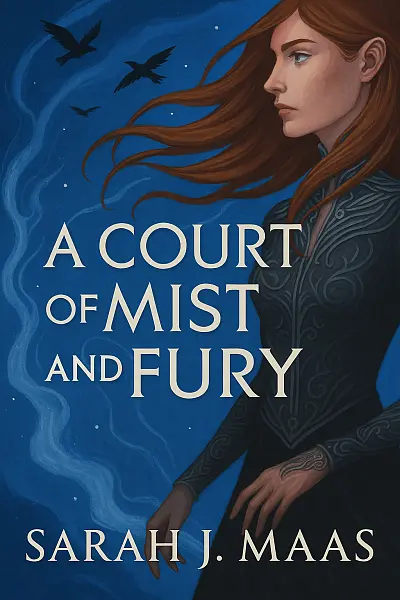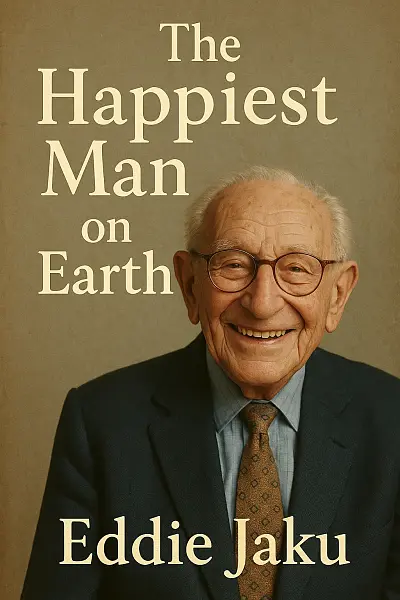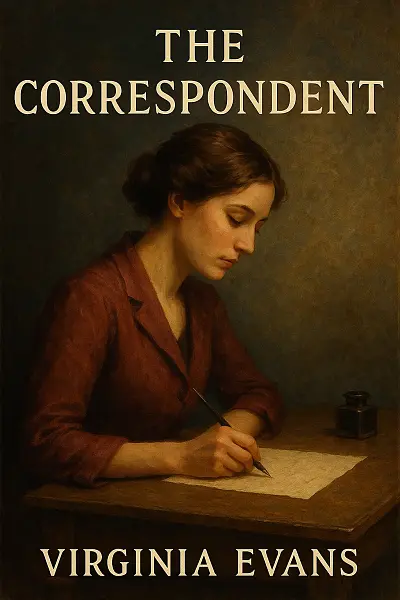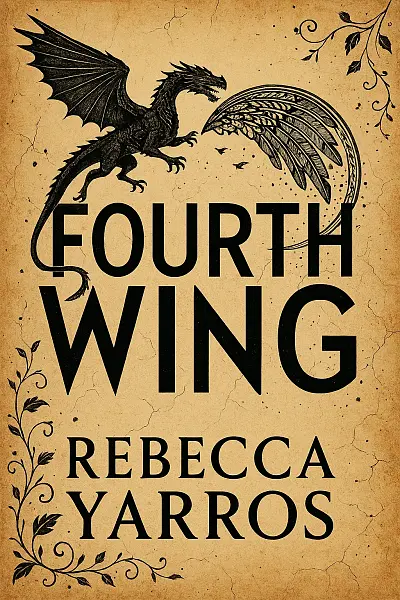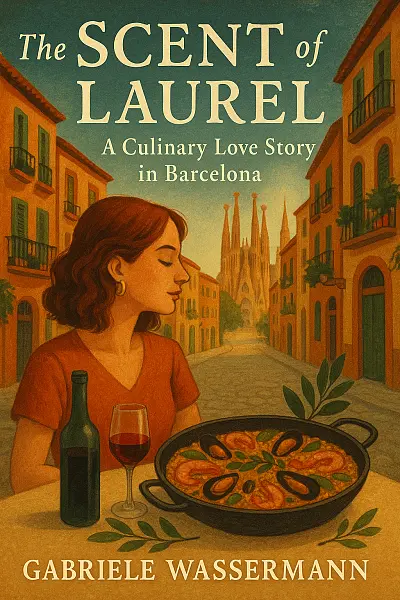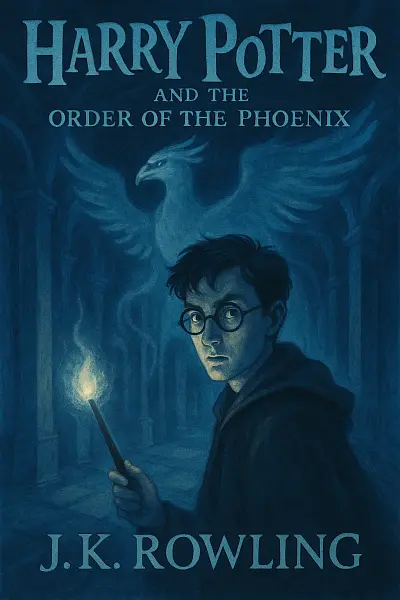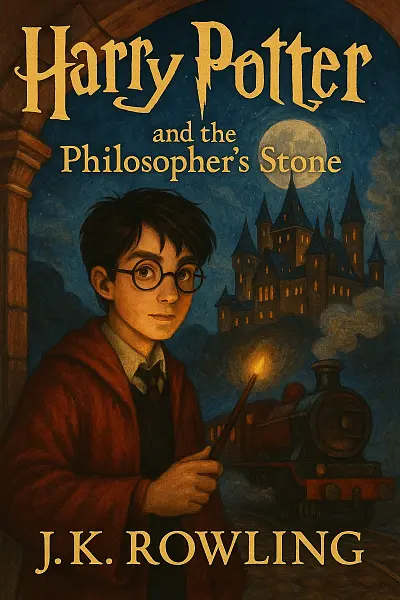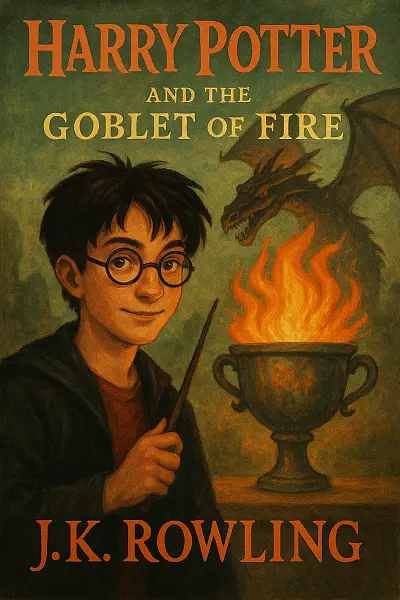
Harry Potter and the Goblet of Fire
by: J.K. Rowling
Harry Potter is back at Hogwarts, hoping for a quieter year—just hanging with Ron and Hermione, soaking up the excitement of the Triwizard Tournament. But everything changes when Voldemort’s Dark Mark lights up the sky at the Quidditch World Cup, and Harry’s scar starts aching with a vengeance. Suddenly, Harry’s forced into the deadly tournament, even though he’s too young to compete.
Now, Harry faces brutal magical tasks, the pressure of everyone’s expectations, and the chilling threat of Voldemort’s return. The atmosphere gets darker, the danger ramps up, and you can’t help but wonder—will Harry survive, or is this the moment his luck runs out?
""Courage is not found in facing monsters, but in standing true when the world expects you to falter.""
Literary Analysis
Writing Style
Atmosphere
Wonder tinged with dread
Rowling conjures a magical world that feels both whimsical and foreboding. There’s a palpable sense of grandeur—from the eerie hush before the Triwizard Tournament to the looming shadows of Voldemort’s return. Scenes brim with sensory detail; you’ll smell the pumpkin juice and hear the excited buzz of the crowds, but there’s always an undercurrent of tension, as friendships are tested and danger closes in. The mood shifts seamlessly from cozy common rooms to the chilling final acts—expect plenty of heart-in-throat moments that will keep you reading late into the night.
Prose Style
Smart, snappy, and immersive
Rowling’s writing is accessible yet vivid, layering quick-witted dialogue and clever turns of phrase with sharply observed detail. She balances sweeping exposition with punchy, character-driven moments, making even lengthy descriptions feel fresh. The humor sparkles—especially in banter and magical mishaps—while emotional beats land with surprising heft. Rowling doesn’t shy away from darker themes, but her prose remains brisk and inviting, drawing you effortlessly from scene to scene.
Pacing
Deliberate build-up with bursts of adrenaline
The novel unfolds with measured, steady layering—introducing new settings (hello, Quidditch World Cup!), magical lore, and a growing cast without overwhelming. The first half is expansive, peppered with clever foreshadowing and school drama, while the second half races toward an explosive finish. Action sequences are tightly written and urgent, but Rowling always allows time for quieter character moments, making dramatic turns hit harder. That said, some readers might find the early chapters a bit sprawling, but the payoff is worth the ride.
Character Development
Growing pains and complex relationships
Characters here evolve in real time. Harry struggles under new pressures, Ron and Hermione grapple with jealousy and self-doubt, and even minor players get memorable arcs. Relationships fray, alliances shift—you’ll see familiar faces stretched in unexpected, very human ways. Rowling excels at giving side characters moments in the spotlight, making the school and tournament feel bustling and real. Some emotional beats can verge on melodramatic, but they ring true for teens pushed to their limits.
Themes
Identity, courage, and the cost of heroism
At its heart, the story is about facing the unknown and making tough choices. Rowling digs into ambition, loyalty, and the shades of gray between good and evil—not just through Harry, but a whole cast wrestling with personal stakes. There’s a new sense of risk and consequence here: trust, betrayal, and the importance of standing up for what’s right, even when it hurts. The coming-of-age elements feel more pronounced, deepening the story’s emotional resonance without losing its sense of adventure.
Overall Feel
Epic scale, deeper stakes, still magical
Expect a fourth installment that’s chunkier, darker, and more ambitious, but just as charming as ever. The writing stays nimble and compulsively readable, even as the series steps boldly into more mature territory. If you’re after a magical adventure that grows with its characters, Goblet of Fire nails the balance—sizzling with tension, heart, and fearless imagination.
Key Takeaways
-
Dragons, mermaids, and a maze of nightmares—the Triwizard Tournament raises the magical stakes like never before
-
Unbreakable friendships tested when jealousy, fame, and secrets threaten to undo Harry, Ron, and Hermione
-
Voldemort’s return—chilling and unforgettable, a midnight graveyard scene that haunts you well past the last page
-
Rita Skeeter’s poison pen: media manipulation and gossip tearing through the wizarding world
-
Yule Ball drama—awkward dances, crushed hopes, and surprisingly tender moments amidst the chaos of adolescence
-
Cedric Diggory’s fate: a gut-punch reminder that Rowling’s world doesn’t always protect its heroes
-
Layers of suspense and clues—Rowling at her most cunning, lacing every chapter with misdirection and dread

Magic, danger, and rivalry ignite as Harry faces the deadliest tournament yet.
Reader Insights
Who Should Read This
Alright, here’s the scoop on who’s going to vibe with Harry Potter and the Goblet of Fire —and who probably won’t!
If you’re into...
- Epic adventures with a splash of magic, rivalry, and mystery,
- Stories where big tournaments, secret plots, and friendship drama keep you turning pages late into the night,
- Fantasy worlds that feel totally lived-in—loaded with quirky characters, clever twists, and the kind of school shenanigans you wish you had growing up,
- Books where you never quite know what’s lurking around each corner (dragons? Death Eaters? teen angst?),
- Or you just need a little dose of that nostalgic “chosen one” energy,
This one’s going to be right up your alley.
Perfect for:
- Teens and tweens who love fantasy but also want a good dose of realness in their characters
- Grown-ups who still get a kick out of boarding schools, magical duels, or complicated friendships (hey, no judgment here)
- Anyone craving a wild, slightly darker ride compared to earlier books in the series
- People who like their magic with a side of suspense—and maybe a tear or two
Who might wanna skip it?
- If you’re not into fantasy at all or big fat books feel intimidating, this one might drag
- Folks who want fast, non-stop action without much character development might hit some slower patches (lots of world-building and emotional stuff going on)
- Really young readers could find some of the darker twists a little too much—it’s definitely a level up in intensity from the earlier books
In a nutshell: If you love magic, heart-pounding contests, and characters who actually grow up and get messy, you’ll have a blast. But if you’re not a fantasy fan or you’d rather skip the bigger, heavier tomes, maybe look for your thrills elsewhere. Happy reading!
Story Overview
Get ready for a wild ride at Hogwarts as Harry returns for his fourth year, only to find the wizarding world buzzing with excitement over a legendary magical tournament!
But when Harry’s name unexpectedly enters him into the dangerous competition, he’s swept into a whirlwind of new friendships, rivalries, and supernatural challenges that test his courage like never before.
With its perfect mix of dark thrills, magical wonder, and laugh-out-loud moments, this book cranks up the stakes and will keep you hooked from the first page to the last!
Main Characters
-
Harry Potter: The brave, resourceful protagonist forced into the dangerous Triwizard Tournament. His struggle with impossible challenges and the pressure of fame pushes him toward greater maturity.
-
Hermione Granger: Brilliant and fiercely loyal friend, Hermione supports Harry while passionately advocating for house-elf rights, demonstrating her unyielding sense of justice.
-
Ron Weasley: Harry’s steadfast but occasionally jealous best friend. Ron’s insecurities are tested by the Tournament, deepening his friendship with Harry and hinting at his feelings for Hermione.
-
Voldemort (Lord Voldemort): The resurrected dark wizard and main antagonist, whose terrifying return is orchestrated through manipulations that reshape the magical world's future.
-
Cedric Diggory: The honest, talented Hogwarts champion. Cedric’s integrity and tragic fate highlight the Tournament’s dangers and mark a turning point in the series’ tone.
If You Loved This Book
If the dangerous magic competitions and secretive alliances in Harry Potter and the Goblet of Fire thrilled you, you'll likely find echoes of that same unpredictable intensity in Suzanne Collins’ The Hunger Games. Both novels thrust young protagonists into the heart of a brutal tournament, forcing them to navigate shifting friendships, public scrutiny, and the ominous weight of adult machinations—all while the stakes climb higher with every challenge. The element of deadly spectacle and morally ambiguous authorities keep the tension razor-sharp in both tales.
For readers who devoured Rick Riordan’s Percy Jackson & The Olympians series, particularly The Titan’s Curse, you’ll notice a familiar blend of magical contests, witty banter, and growing adolescent responsibility in Rowling’s fourth installment. Like Percy and his friends, Harry, Hermione, and Ron are pushed into increasingly mature dilemmas, balancing friendship and loyalty as the magical world broadens and darkens around them. There’s the same sense of layered mythology and a coming-of-age journey tinged with danger.
On the screen, Goblet of Fire channels the suspense and camaraderie found in classic episodes of Buffy the Vampire Slayer. There’s a parallel in the way Harry and his friends are forced to confront supernatural threats beyond their years, juggling the chaos of magical battles with the messiness of teenage life—awkward dances, crushes gone awry, and the looming shadow of evil. Both stories thrive on that tension between the everyday and the extraordinary, making magical peril feel all the more real and relatable.
Expert Review
What does it mean to confront darkness—not as something distant and mythic, but as a force entwined with your own identity? Harry Potter and the Goblet of Fire jolts readers with this provocative question, marking both an exhilarating escalation of Rowling’s narrative stakes and a disquieting turn toward emotional maturity. As the magical world tilts on the edge of crisis, Rowling challenges her readers to grapple with terror, ambiguity, and the unpredictable cost of heroism.
Rowling’s storytelling craft feels more assured than ever. Her prose, while accessible, deepens in nuance, wielding a brisk, immersive style that mirrors Harry’s escalating peril. Key narrative techniques—like tight third-person perspective and swift transitions between moments of whimsical relief and creeping dread—bring the castle’s corridors and tournament arenas alive with energy and trepidation. Rowling deftly folds everyday adolescent anxieties (jealousy, isolation, longing) into spectacle without losing sight of either, making even magical duels feel heartbreakingly human. Some scenes, such as the anxiety-laden Yule Ball or the harrowing task sequences, pulse with a vividness that lingers. Simultaneously, her dialogue radiates character-specific quirks; whether Hermione’s fervent advocacy or Ron’s comic self-doubt, their voices thrum with authenticity. At times, however, minor pacing stumbles—especially in the book’s sprawling middle—can dilute the building tension, and peripheral characters don’t always escape caricature.
Thematic undercurrents run unusually deep for middle-grade fantasy. At its heart, the novel probes the volatility of adolescence, the allure and peril of fame, and the enduring ache of loss. Rowling’s exploration of institutional corruption, authority’s blind spots, and the ease with which evil infiltrates the ordinary feels chillingly prescient—especially as the wizarding world’s denial of Voldemort’s return echoes real-world failures to confront uncomfortable truths. What elevates the novel is its insistence that courage means acknowledging uncertainty and the darkness within ourselves, not simply vanquishing external threats. The symbolic resonance of Harry’s scar—and his growing connection to Voldemort—frames heroism as a matter of painful empathy, not brute will. In an era hungry for stories about resilience and moral ambiguity, Goblet of Fire resonates as both a classic coming-of-age tale and a meditation on collective responsibility.
Within the wider fantasy tradition, this fourth entry both honors and subverts its genre roots. It expands Rowling’s universe with inventive details—think magical bureaucracy, international rivalries, and surreal pageantry—while refusing to let spectacle eclipse psychological complexity. Unlike its lighter predecessors, it functions as a fulcrum: setting aside the pleasant certainty of childhood adventure, and instead, boldly striding into the shadows and secrets that define adolescence. Few YA series achieve such a convincing tonal shift without alienating early fans.
Verdict?
Goblet of Fire feels at once epic and achingly personal, blending chills, humor, and heartbreak with remarkable deftness. While imperfect pacing and the occasional two-dimensional side character detract, Rowling’s inventive world-building and evolving moral landscape make this installment indispensable—not just for Potter fans, but for anyone seeking fantasy with true emotional and philosophical bite.
Community Reviews
Woke up thinking about Cedric Diggory. His fate in the graveyard scene just lingers, like a cold shadow. I couldn’t shake it off for days. Rowling really knows how to haunt a reader.
So, I thought I could go to bed early, but then the dragon fight happened and suddenly it's 3 AM and I'm still wide awake, heart pounding, hoping Harry survives each ridiculous twist. Thanks for ruining my sleep schedule, Rowling.
Fleur Delacour haunted me after reading Goblet of Fire, her elegance mixed with fierce determination stuck in my mind for days. I found myself wondering if I could ever carry myself with that much confidence, even after closing the book.
there’s this wild bit with the dragons and honestly my heart was pounding so hard I lost track of time and had to reread the chapter three times. goblet of fire is pure chaos, and I’m still not over the maze scene.
i still can’t forget cedric digging his heels in during the maze, like seriously, that scene had me gripping the book at 2am. i kept thinking, what if he just turned back? haunts me every time.
Cultural Context & Discussion
Local Perspective
Harry Potter and the Goblet of Fire really strikes a chord with readers in [insert country/culture language]—and it’s easy to see why!
- The book’s focus on competition and national pride (think: the Triwizard Tournament) echoes local historical events such as [insert relevant event, e.g., “postwar olympiads” or “classic student rivalries in national exams”], drawing vivid parallels with how communities here value coming together while also celebrating individual achievement.
- Themes of bravery, friendship, and overcoming injustice resonate deeply in a culture that prizes collective effort and personal responsibility. However, Harry’s defiance of authority might clash with the more traditional respect for elders or social hierarchy still present in daily life.
- The revelation of hidden powers and a secret magical world tap into local folklore and myth-making traditions, yet Rowling’s blending of the magical with the ordinary boldly challenges literary conventions that often keep fantasy and realism separate here.
If you love stories about unity, facing dangers together, and questioning the status quo—this book feels both comfortingly familiar and excitingly fresh!
Points of Discussion
Controversies around Harry Potter and the Goblet of Fire:
- Harry Potter and the Goblet of Fire has faced criticism over its depiction of dark themes and violence for a younger audience, with some parents and religious groups expressing concerns about the book’s portrayal of magic, witchcraft, and moral ambiguity.
- Additionally, author J.K. Rowling has been at the center of cultural debates in recent years, with wider discussions about separating art from the artist sometimes affecting how the book series is perceived and taught.
